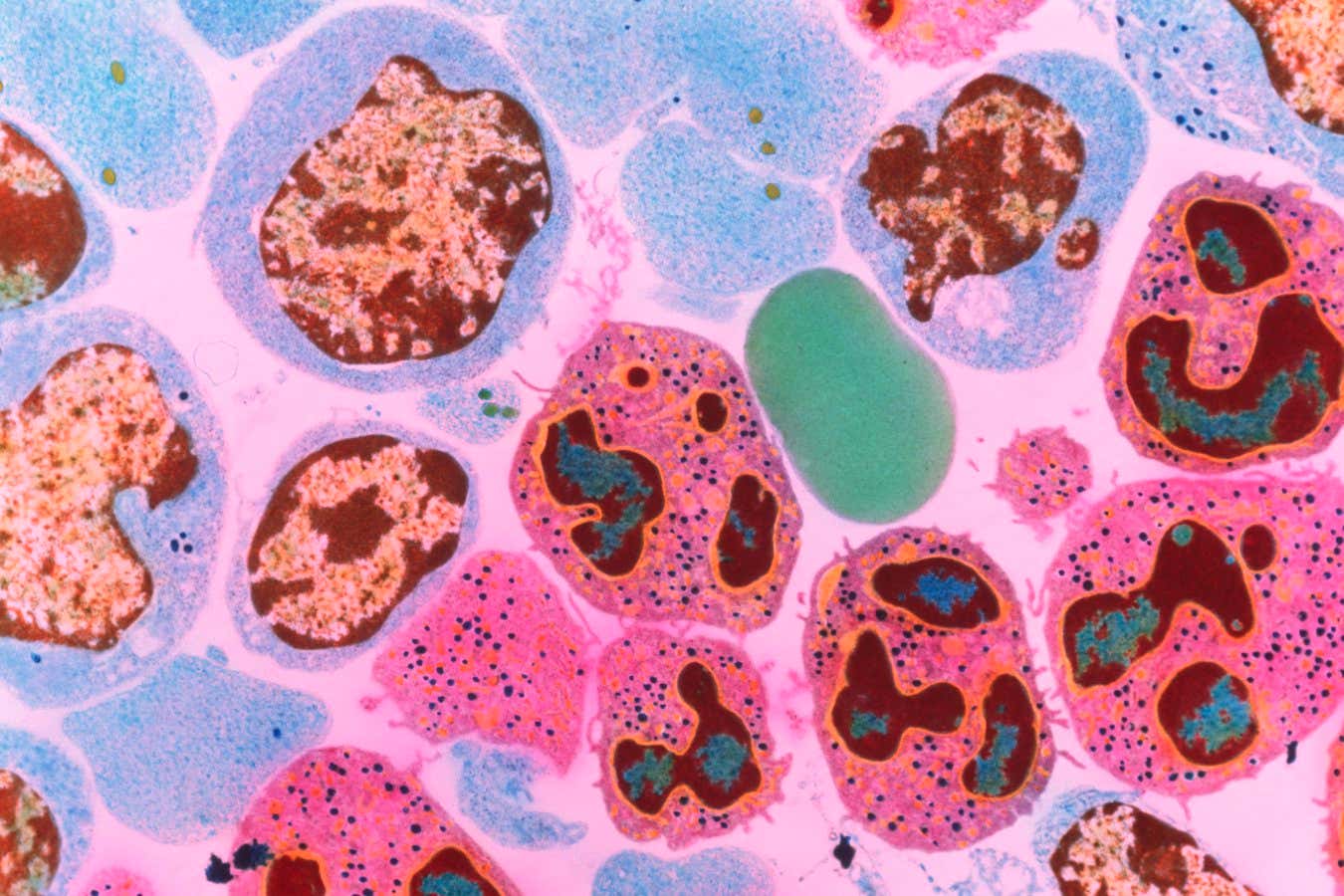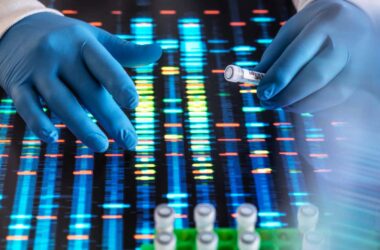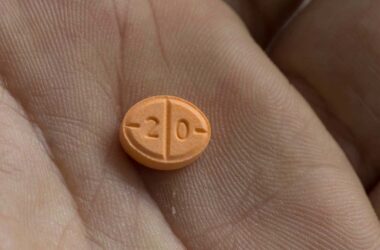A coloured transmission electron micrograph of bone marrow cells
DR GOPAL MURTI/SPL
The number of cells in the human body has been estimated by researchers. According to the study, the average adult male has around 36 trillion cells in their body, while the average adult female has 28 trillion cells. Surprisingly, the mass of small cells, such as blood cells, is similar to that of larger cells, like muscle cells.
The research team, led by Ian Hatton at the Max Planck Institute for Mathematics in the Sciences, analyzed more than 1500 scientific papers to count the number of cells in the human body. They considered factors such as the number of cell types in the body, the number of each type in each tissue, and the size and mass of each cell type. They identified over 400 known cell types across 60 different tissues.
To estimate the number of cells in each body type, the team used data from the International Commission on Radiological Protection, which collected information about the mass of every tissue in different body types. They found that adult females have 28 trillion cells, adult males have 36 trillion cells, and children have 17 trillion cells.
Eric Galbraith, a team member from McGill University in Canada, explains that the key was to find papers that described the number of cells in different tissues and to know the size range of those cells. However, there is still some uncertainty in the estimates, particularly for adult females and children, as there is more information available for reference males.
In addition to counting the number of cells, the researchers discovered that the total mass of cells in the body is roughly equal across all cell sizes. Galbraith explains that the assumption that the body is mostly made up of an average cell size is incorrect. Instead, our bodies contain a wide range of cell sizes, from very small to very large. The reason for this diversity in cell size remains a mystery.
The study provides a quantification of cellular diversity in the human body, which is of great interest to researchers. John Runions from Oxford Brookes University appreciates having an estimate of cell numbers that is in the correct order of magnitude, as it helps in teaching cell biology and development.








